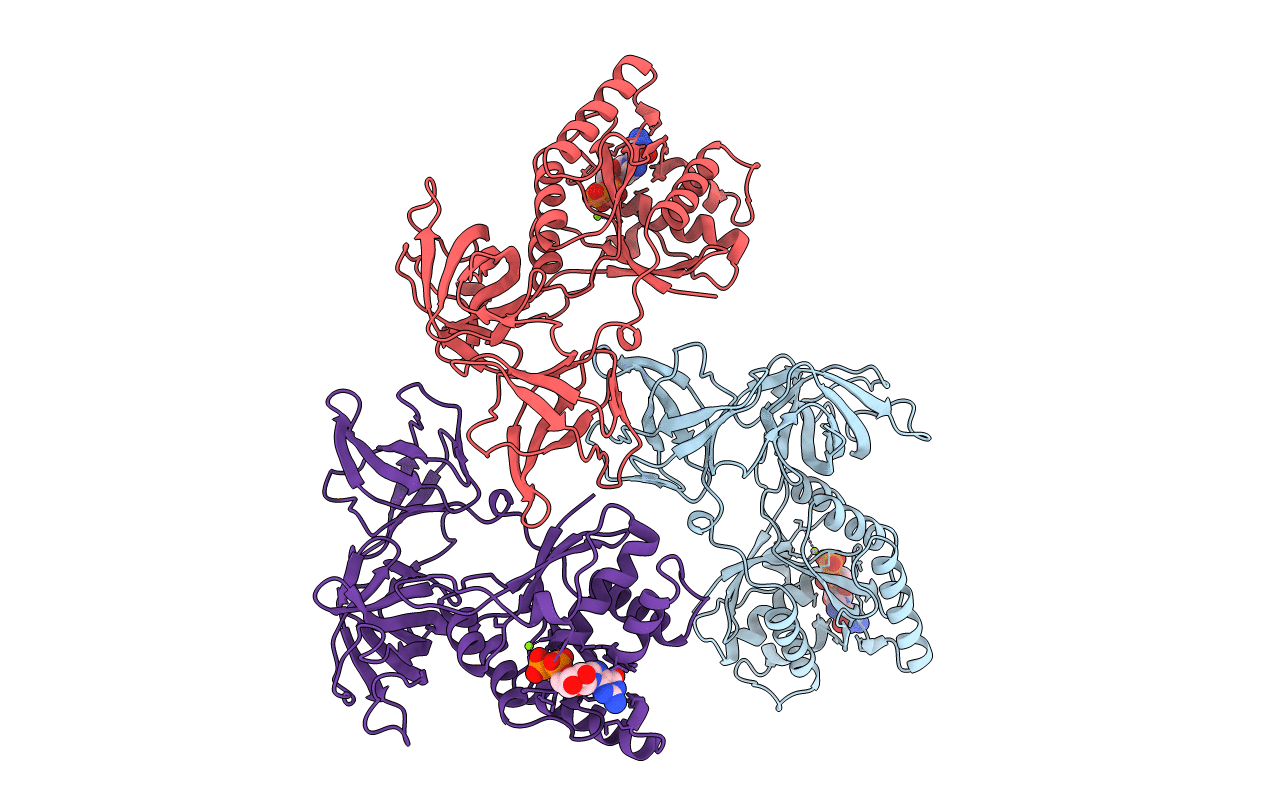
Deposition Date
1996-05-23
Release Date
1997-06-05
Last Version Date
2024-02-14
Method Details:
Experimental Method:
Resolution:
2.70 Å
R-Value Free:
0.30
R-Value Work:
0.23
Space Group:
P 63 2 2


